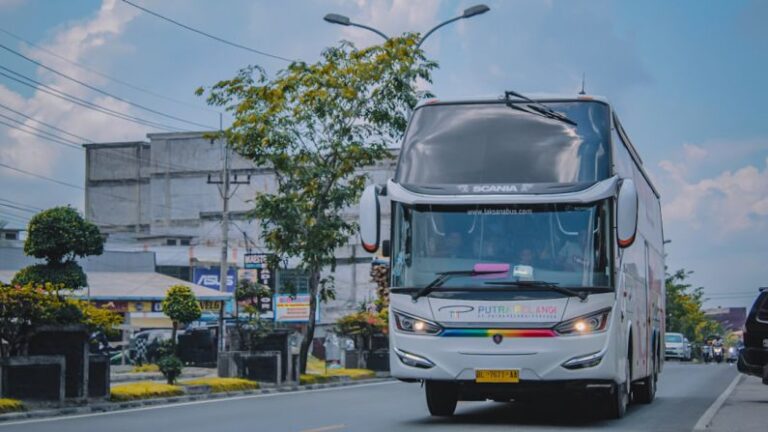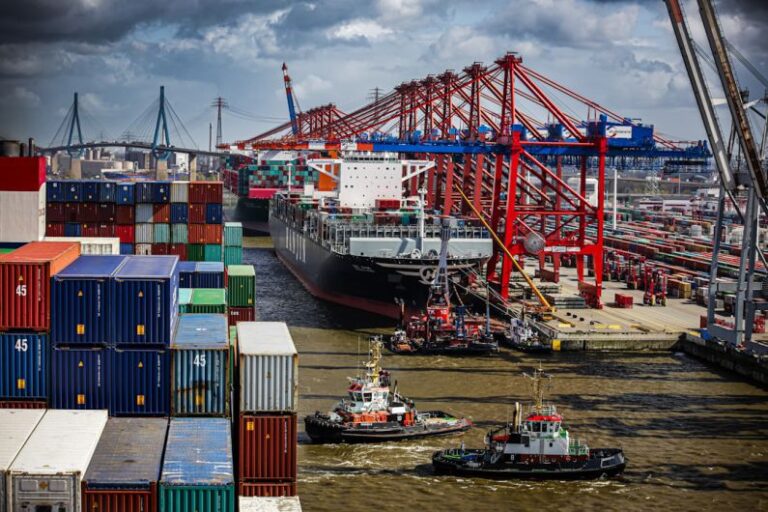Strategies for Reducing Transportation Emissions
In a world where climate change is a pressing issue, finding ways to reduce transportation emissions is crucial. Transportation is a significant contributor to greenhouse gas emissions, with cars, trucks, planes, and ships releasing harmful pollutants into the atmosphere. To combat this problem, it is essential to implement strategies that can help lower emissions and create a more sustainable future. By adopting innovative approaches and making conscious choices, individuals, businesses, and governments can all play a part in reducing transportation emissions.
**Promoting Sustainable Modes of Transportation**
Encouraging the use of sustainable modes of transportation is key to reducing emissions. Public transportation, biking, and walking are all eco-friendly alternatives to driving alone in a car. By investing in public transportation infrastructure and making it more convenient and accessible, cities can incentivize people to leave their cars at home. Promoting cycling and walking paths can also encourage individuals to choose these modes of transportation for short distances, reducing emissions and improving air quality.
**Embracing Electric Vehicles**
Electric vehicles (EVs) are becoming increasingly popular as a clean transportation option. By transitioning from gasoline-powered vehicles to EVs, individuals can significantly reduce their carbon footprint. Governments can support this transition by offering incentives such as tax credits and rebates for purchasing EVs, as well as investing in charging infrastructure to make it more accessible. Businesses can also play a role by incorporating electric vehicles into their fleets, further reducing emissions from transportation.
**Improving Fuel Efficiency**
Improving fuel efficiency in vehicles is another effective strategy for reducing transportation emissions. This can be achieved through advancements in technology, such as hybrid engines and fuel-efficient designs. Setting fuel efficiency standards for vehicles can also help drive innovation in the automotive industry and reduce emissions. By choosing vehicles with higher fuel efficiency ratings, individuals can make a positive impact on the environment and save money on fuel costs in the long run.
**Implementing Carpooling and Ride-Sharing Programs**
Carpooling and ride-sharing programs are simple yet effective ways to reduce emissions from transportation. By sharing rides with others, individuals can decrease the number of vehicles on the road, resulting in lower emissions per person. Employers can encourage carpooling among employees by providing incentives such as preferred parking spots or subsidies for carpooling expenses. Ride-sharing services like Uber and Lyft can also play a role in reducing emissions by optimizing routes and minimizing empty vehicle miles.
**Encouraging Telecommuting and Flexible Work Arrangements**
Telecommuting and flexible work arrangements have gained popularity in recent years, especially with advancements in technology that make remote work more feasible. By allowing employees to work from home or telecommute a few days a week, businesses can reduce the need for commuting and lower transportation emissions. Governments can also promote telecommuting through policies that incentivize employers to offer flexible work arrangements. By embracing remote work options, individuals can reduce their carbon footprint and contribute to a more sustainable future.
**Reevaluating Urban Planning and Development**
Urban planning and development play a significant role in transportation emissions. By designing cities with walkable neighborhoods, mixed land uses, and access to public transportation, urban planners can reduce the need for long commutes and single-occupancy vehicle trips. Investing in infrastructure that supports alternative modes of transportation, such as bike lanes and pedestrian-friendly pathways, can also help reduce emissions and create healthier, more sustainable communities.
**Creating Public Awareness and Education Campaigns**
Public awareness and education campaigns are essential for promoting sustainable transportation practices. By raising awareness about the environmental impacts of transportation emissions and the benefits of choosing eco-friendly modes of transportation, individuals can make more informed choices. Governments, businesses, and advocacy groups can all play a role in educating the public about the importance of reducing transportation emissions and the various strategies available to achieve this goal.
**Conclusion: Shifting Towards Sustainable Transportation**
Reducing transportation emissions is a complex yet critical challenge that requires collective action from individuals, businesses, and governments. By promoting sustainable modes of transportation, embracing electric vehicles, improving fuel efficiency, implementing carpooling and ride-sharing programs, encouraging telecommuting, reevaluating urban planning, and creating public awareness campaigns, we can make significant progress towards a more sustainable transportation system. By making conscious choices and adopting innovative strategies, we can help mitigate the impacts of climate change and create a cleaner, healthier planet for future generations.






